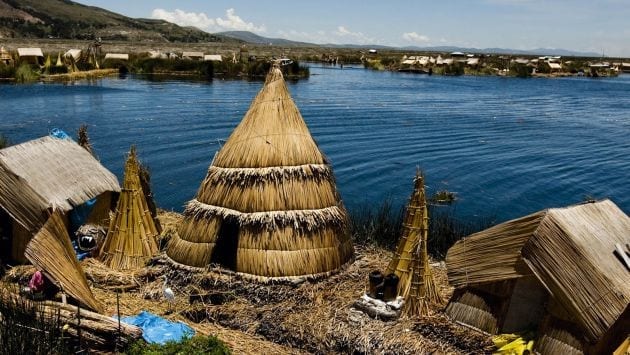Tourism plays such a vital role in our globalized world that many countries depend on it for their economic survival, making it one of the most beautiful and essential industries. In Peru, tourism has become such a key pillar of the economy that investing in it is simply a smart move.
For most countries, tourism is a major business that requires constant investment in infrastructure, services, and future projects to ensure greater quality and attract more visitors—and Peru is no exception to this paradigm.
According to statements by Rogers Valencia, Peru’s Vice Minister of Tourism, the Peruvian government allocated 93.4 million soles in 2017 for tourism infrastructure. Additionally, a 10% increase in tourism was projected for the year, translating to nearly five million more visitors compared to 2016.
Meanwhile, the Ministry of Foreign Trade and Tourism (Mincetur) projected a rise in tourist arrivals of 7% to 8% in 2017, anticipating over 4.36 million additional tourists, similar to the growth rate seen in 2015 when tourism increased by 7.5%.
Both projections are positive indicators, promising favorable outcomes for all sectors involved in the country’s development.
According to Mincetur, the 93.4 million soles budget was approved for the National Plan COPESCO, and while this is the initial amount, the plan remains open for expansion.
The COPESCO Plan aims to develop and prepare tourism resources and destinations across Peru to strengthen and diversify tourism. One flagship initiative is the construction of the Kuélap cable car system, which spans 37 kilometers and significantly reduces travel time from Nuevo Tingo to the Kuélap fortress.
When it comes to investing in Peruvian tourism, nothing should be spared.
“The plan will include project profiles, and the funds will act as seed capital—not necessarily to execute, but to unlock more financing and eliminate bottlenecks in pending projects,” said Valencia.
The goal is to successfully complete tourism infrastructure projects and begin reaping the rewards: better services, improved accessibility, stronger unity, and of course, increased revenue and tourist arrivals. In short, to harvest the returns of that 93.4 million soles investment.
What’s Mincetur’s strategic plan to ensure the goals are met?
The ministry outlined a strategic roadmap involving three major priorities to guide investment in the coming months:
1. Long-distance and border tourism
Strengthening border relations and streamlining the flow of people—especially from neighboring countries and even Asia—is key to expanding Peru’s tourism footprint.
2. More international and domestic flights
Bringing more international airlines into cities like Arequipa, Chiclayo, Cusco, and Iquitos will open direct gateways to tourism across the country.
3. Domestic tourism and investment
Encouraging domestic tourism and promoting investment are critical to creating a self-sustaining cycle of demand, income, and reinvestment—a true snowball effect of growth.



